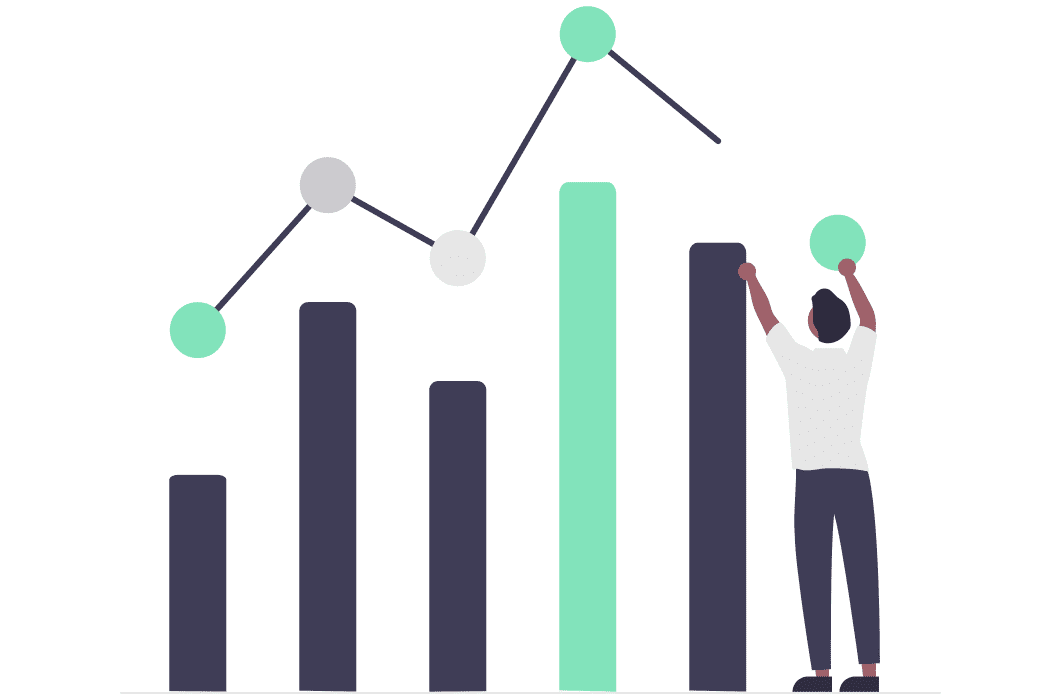In today’s competitive retail and supply chain environments, data-driven decision-making is critical for success. However, the true value of data analytics can only be realized when analytics solutions seamlessly integrate with the existing systems and databases that businesses already use. Whether it’s complex enterprise systems like Walmart, Snowflake, Google Cloud, SAP, and Azure, or more accessible tools like Excel, the key to effective analytics lies in how well these systems work together.
A seamless integration approach doesn’t just allow you to gather data from various platforms — it transforms your data into actionable insights with minimal disruption to ongoing operations.
The Challenges of Data Integration
1. Data Silos: A Fragmented Approach
One of the biggest hurdles in any analytics project is dealing with fragmented data. Businesses often have data stored in different silos across various platforms — from point-of-sale systems and customer relationship management (CRM) tools to warehouse management systems and e-commerce platforms. These silos create barriers to accessing a unified view of the business.
For instance, sales data in an e-commerce platform might not align with inventory levels in a warehouse management system, creating gaps in your ability to forecast demand or track product performance. As a result, decision-making becomes slower and less accurate.
2. Complex and Disruptive Systems
Many analytics tools require businesses to make significant changes to their existing systems — whether through migrating data to new platforms or overhauling infrastructure. This process is not only time-consuming but can also lead to operational disruptions. Teams have to adapt to new software and workflows, and these disruptions can hurt productivity in the short term.
Additionally, implementing complex analytics systems that are incompatible with your current platforms can cause bottlenecks in the data pipeline. These disruptions increase operational costs and delay the time it takes to get valuable insights from data.
3. Overwhelming Complexity and Resources Required
Integrating new analytics tools isn’t always straightforward, especially for organizations without the necessary technical resources. Many businesses lack the internal capacity to execute complex integration projects, leading to reliance on third-party vendors that may not fully understand the specific needs of the retail and supply chain industries. This can result in integration delays, increased project costs, and underutilization of the analytics tool itself.
Moreover, businesses must also account for the ongoing maintenance of these systems. Keeping everything working smoothly after integration requires dedicated technical support and regular updates, which adds to the ongoing cost burden.
The Benefits of Seamless Integration
1. Time Efficiency: Simplifying Data Flow
One of the primary benefits of seamless integration is that it streamlines the data flow from various platforms into one unified system. With the right approach, businesses can eliminate manual data entry, reduce redundant processes, and automate the movement of data across systems. This saves valuable time for employees who would otherwise spend hours handling data manually or managing complex integrations between platforms.
2. Cost Efficiency: Leveraging Existing Investments
A seamless integration approach allows businesses to continue using the tools they’ve already invested in, avoiding costly migrations or system overhauls. Instead of replacing entire systems, businesses can enhance their capabilities by integrating analytics tools with their current platforms. This enables businesses to extract more value from the tools they already have, maximizing their return on investment (ROI) without adding significant new expenses.
3. Faster, More Informed Decision-Making
With integrated analytics, decision-makers can access real-time insights drawn from multiple sources. This means that managers in retail and supply chain operations can make informed decisions faster — whether that’s adjusting pricing strategies based on market conditions, forecasting demand, or optimizing inventory.
For example, if customer demand surges unexpectedly, integrated systems allow supply chain managers to quickly assess stock levels, review delivery schedules, and even adjust production plans on the fly. This responsiveness can lead to a competitive edge in a fast-moving market.
4. Scalability and Flexibility
The ability to scale is another significant advantage of seamless integration. As businesses grow, their data needs evolve. Seamless integration allows new data sources and platforms to be added without overhauling the entire system. This ensures that your analytics solution can scale alongside your business, allowing you to stay agile in the face of growth and change.
Conclusion
In the world of retail and supply chain management, the ability to integrate analytics seamlessly with existing systems is not just a nice-to-have — it’s a must. By focusing on integration, businesses can save time, reduce costs, and make more informed decisions faster. The right approach ensures that analytics becomes a natural extension of your existing processes, driving business success without disrupting day-to-day operations.
At Cpoint5, we specialize in helping retail and supply chain businesses navigate the complexities of data integration. We understand that every business is unique, which is why we take a tailored approach to ensure that analytics solutions integrate smoothly with your existing infrastructure. Our expertise with platforms like Snowflake, Google Cloud, SAP, Walmart, Azure, and even Excel means we can connect your data sources seamlessly, unlocking deeper insights while reducing the time and cost associated with integration.
Our approach focuses on eliminating data silos, reducing operational disruptions, and maximizing the value of your existing data. By choosing Cpoint5 as your partner, you can ensure that your data analytics process becomes more efficient, cost-effective, and impactful — without requiring significant changes to your current systems.
